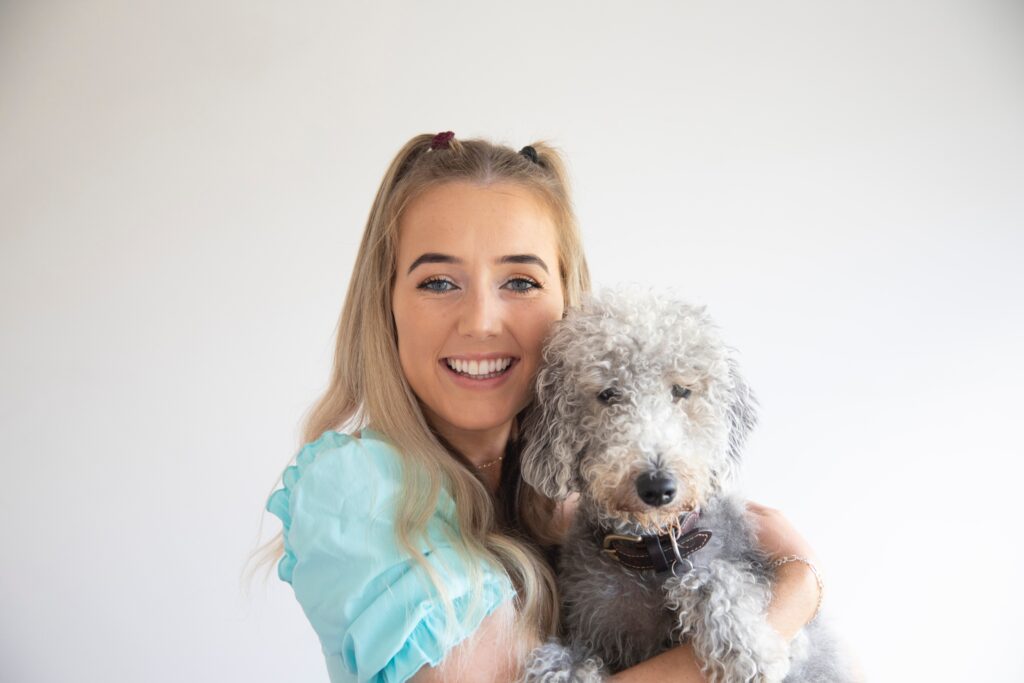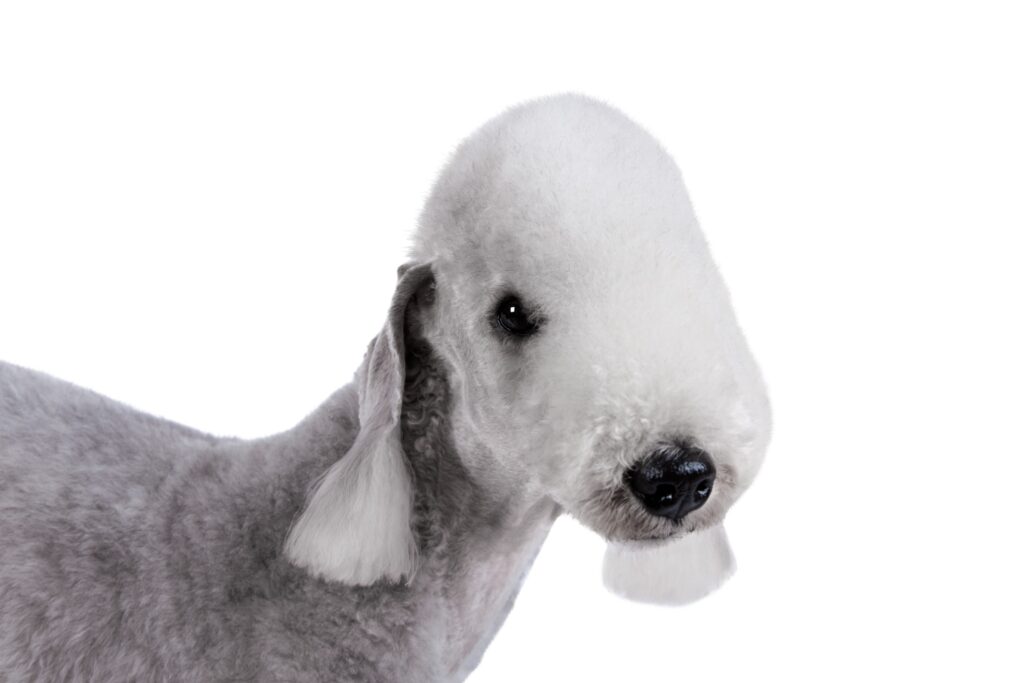Are Bedlington Terriers Hypoallergenic: What You Need to Know About Bedlington Terriers Allergens
No, Bedlington Terriers are not hypoallergenic. However, Bedlington Terriers are often considered a good option for people with allergies because they have a woolly, curly coat that doesn’t shed much and produces less dander (dead skin cells) than other breeds. Additionally, Bedlington Terriers have a unique coat texture that has less potential to cause allergic reactions.


However, it’s important to note that different people have different allergens sensitivities, and some may still experience allergic reactions to Bedlington Terriers despite their low-shedding coats. So if you have allergies and are considering getting a Bedlington Terrier, it’s a good idea to spend time around the breed to see how your body reacts before making a final decision.
Table of Contents
Hypoallergenic Qualities of Bedlington Terriers Dealing With Bedlington Terriers Allergens


Coat Type and Shedding
Bedlington Terriers have a unique coat type that makes them less prone to trigger allergic reactions in people sensitive to dog allergies. Their coat is soft and curly, similar to wool’s texture, and sheds very little. Because of their low-shedding coat, Bedlington Terriers produce less dander than other breeds, which can be a major allergen for some people.
While the amount of fur a dog sheds is not directly related to the number of allergens they produce, dogs that shed more tend to release more allergens into the environment. This can make them more likely to trigger allergies in sensitive individuals. For example, with their low-shedding coat, Bedlington Terriers are less likely to produce allergens and may be a good choice for people with allergies or asthma.
Dander Production
Bedlington Terriers are considered a low-dander breed because of their unique coat type. Their curly, wooly coat sheds very little and traps dander close to the skin, making it less likely to become airborne and cause allergic reactions in sensitive individuals. Additionally, Bedlington Terriers have hair instead of fur, which means they shed less than breeds with fur coats.
However, it’s important to note that even low-danger breeds like Bedlington Terriers can still produce enough dander to trigger allergies in some people. So if you have allergies and are considering getting a Bedlington Terrier, it’s a good idea to spend time around the breed to see how your body reacts before making a final decision.
Saliva and Urine
Bedlington Terriers do not have any particular characteristics that make them less likely to produce saliva or urine allergens. However, because of their low-shedding coat and the fact that they produce less dander than other breeds, they may be a good choice for people with allergies looking for a dog that is less likely to trigger allergic reactions.
If you have allergies and are pondering getting a Bedlington Terrier, it’s important to be aware of the possibility of saliva and urine allergies in addition to dander allergies. Spending time around the breed before making a final decision can help determine if you are also sensitive to these allergens. Additionally, regular cleaning and grooming can help reduce the number of allergens in the environment and may help reduce allergy symptoms.
Other Considerations for Allergy Sufferers


Grooming
While Bedlington Terriers are not hypoallergenic, they still require regular grooming to maintain their signature coat. Their hair grows continuously and needs to be cut every 6-8 weeks to prevent it from becoming matted and tangled. Frequent brushing and bathing can also help to reduce dander and allergens on the coat. Therefore, finding a groomer experienced in working with hypoallergenic breeds is important to ensure that your Bedlington Terrier is groomed properly.
Exercise and Environment
Bedlington Terriers are an active breed that requires daily exercise to stay healthy and happy. However, exercise can also stir up environmental allergens, so choosing activities that don’t exacerbate allergies is important.
Some activities I did with my Bedlington Terrier were walking on a leash, playing fetch in a fenced yard, or taking them to an indoor dog park are all good options. Maintaining your home clean and allergens-free is also essential by vacuuming regularly and using air purifiers.
Training and Socialization
Training and socialization are crucial for all dogs, especially not hypoallergenic breeds like Bedlington Terriers. Proper training can help reduce stress and anxiety, which can exacerbate allergies.
Socialization can also help reduce stress by exposing your Bedlington Terrier to different people, places, and situations. You should also teach Bedlington Terriers basic obedience commands and manners to ensure they are well-behaved and easy to manage.
Dealing With Bedlington Terriers Allergens
- Regular grooming and cleaning: Regular grooming, including brushing and bathing your Bedlington Terrier, can help reduce the amount of dander and saliva on their coat. It’s also important to vacuum and dusts your home frequently to remove any allergens that have settled on surfaces.
- Air filters and purifiers: Using an air filter or purifier can help remove allergens from the air in your home, including dander, saliva, and urine particles. Look for products that are created particularly for pet allergens.
- Limiting exposure: If you or someone in your household is particularly sensitive to Bedlington Terrier allergens, limit exposure to the dog as much as possible. This can include keeping the dog out of certain rooms, using a dog gate or crate, or designating certain house areas as off-limits.
- Allergy medications: Over-the-counter or prescription allergy medications can help manage allergy symptoms, including those associated with Bedlington Terrier allergens. Talk to your healthcare provider about the best options for you.
- Immunotherapy: Immunotherapy, also known as allergy shots, can help reduce sensitivity to allergens over time, according to Mayo Clinic. Talk to your healthcare provider about whether this may be a good option.
